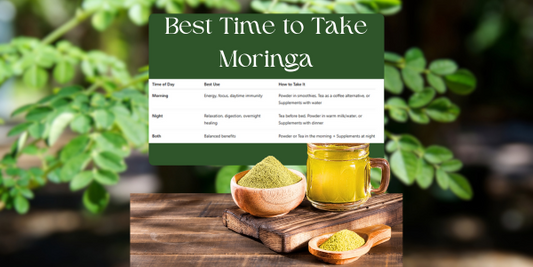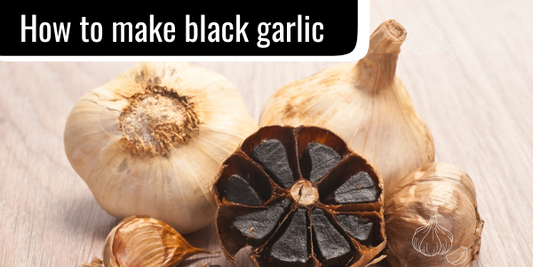
How to Quit Sugar: 9 Tips to Beat Cravings and Feel Better
We all know that too much sugar is bad for your health, but quitting sugar can feel harder than expected. Many people try and give up quickly — not because they don’t want to be healthy, but because sugar is deeply tied to habits, emotions and even brain chemistry.
If you’ve been struggling to reduce sugar in your diet, you’re not alone. Let’s explore why sugar is hard to quit, what it does to your body, and how to break the cycle with a few simple changes.

6 reasons why sugar is bad for your health
Eating too much added sugar can harm your body in many ways — even if you don’t feel the effects immediately. Here are some of the key reasons to cut back:
- Increases the risk of chronic disease: Sugar is linked to obesity, diabetes, heart disease, and even cancer.
- Drains your energy: While sugar gives a quick boost, it leads to crashes and fatigue soon after.
- Impacts your mood: It can trigger stress and mood swings and even increase the risk of depression.
- Weakens your immune system: High sugar levels can reduce your body’s ability to fight illness.
- Causes tooth decay: Sugary foods and drinks fuel harmful bacteria in the mouth.
- Accelerates aging: Sugar increases inflammation and can speed up skin and cellular aging.
Studies continue to show that added sugar is one of the biggest contributors to poor long-term health. But reducing it isn’t always easy.

Why is quitting sugar so hard?
Sugar isn’t just tasty — it’s addictive. Research shows that sugar activates the brain’s reward system, triggering the release of dopamine (your feel-good hormone). Over time, the brain can develop a dependency, causing cravings and withdrawal symptoms when you stop.
This is why quitting sugar can lead to symptoms like:
- Headaches
- Irritability
- Low energy
- Anxiety or mood changes
- Constant cravings
But here’s the good news: with the right strategy and support, these symptoms pass. The more balanced your diet becomes, the easier it is to stay off the sugar rollercoaster.

9 tips to help reduce sugar and fight cravings naturally
These tips can help make the process smoother and more sustainable.
1. Drink more water
Replace sugary drinks with plain or sparkling water. Add lemon, cucumber or mint for a refreshing twist.
2. Read the labels
Sugar hides in unexpected places — sauces, dressings, yogurts, muesli bars. Get used to reading ingredient lists and spotting hidden sugars (like glucose, fructose, sucrose, maltose and corn syrup).

3. Avoid sugar crashes
When you eat high-sugar foods, your body produces insulin to lower blood sugar quickly — this can lead to a crash. Prevent this by eating high-fibre foods like oats, quinoa, and whole vegetables that release energy slowly.
4. Try different flavours
Sweet doesn’t need to be the default. Snack on roasted nuts with a pinch of sea salt or chilli, or try natural nut butters instead of jam or chocolate spreads.
5. Use herbs and spices to support blood sugar
Spices like cinnamon and moringa help regulate blood sugar levels. You can stir them into your breakfast, smoothies, or drinks. Black garlic is also great for reducing sugar cravings — it supports energy and gives your body a savoury, satisfying flavour alternative.
Try adding:
- Moringa powder to green smoothies
- Cinnamon on oats or fruit
- A couple of black garlic cloves in place of sweet snacks
| 👉 Related Article: Moringa Powder Recipes for Everyday Cooking |

6. Eat small, regular meals
Skipping meals or going too long without food increases the urge to snack on sweets. Try eating every 3–4 hours to keep blood sugar stable and cravings low.
7. Practice mindful eating
Focus on what you’re eating, how it tastes, and how it makes you feel. Slowing down reduces the chance of eating out of habit or emotion — both common triggers for sugar binges.
| 👉 Related Article: Mindful Eating: A Simple Practice for a Healthier Life |
8. Eat a whole food diet
Choose unprocessed, natural foods like fresh vegetables, whole grains, legumes, nuts, seeds and seasonal fruit. These foods offer nutrients and fibre that keep you full and balanced.

9. Move your body
Even a short walk helps reduce sugar cravings and boost energy. Regular exercise also improves sleep, reduces stress and supports your mood — all of which make it easier to stick to your goals.
| 👉 Related Article: Top 7 Health Benefits of Regular Exercise |
Be kind to yourself and stay consistent
Quitting sugar isn’t always a smooth process — and that’s okay. Start with small, achievable steps. Track your progress and celebrate your wins. Keep a list of reasons why you’re making this change, and read it when cravings hit.
If you slip up, don’t give up. Your body is adapting. Over time, your taste buds reset and your cravings reduce. The result? More energy, better mood, balanced weight, and a stronger, healthier you.

Final thoughts
Cutting back on sugar is one of the best things you can do for your health. It may feel challenging at first, but the benefits are well worth it. Focus on nourishing your body with whole, plant-based foods and natural remedies like moringa, cinnamon, and black garlic to support the transition.



